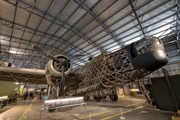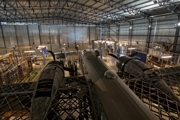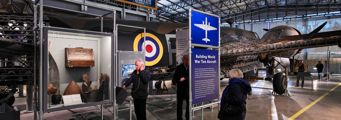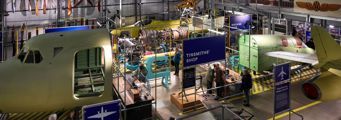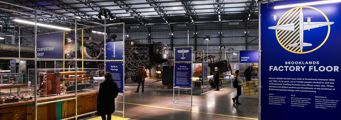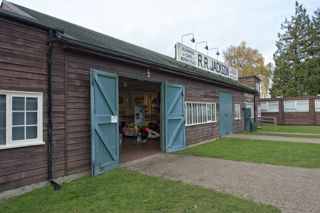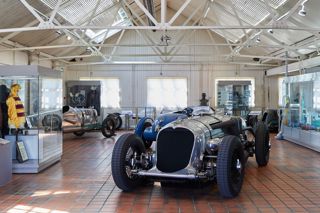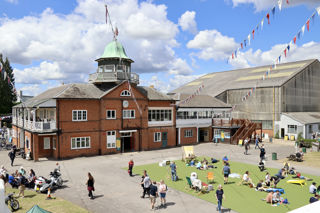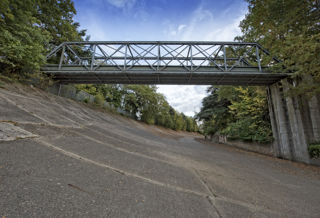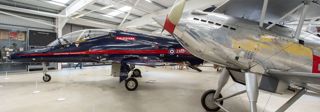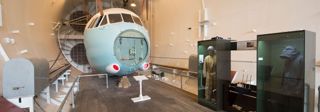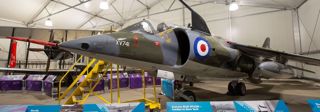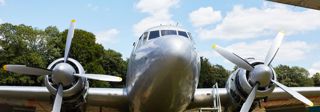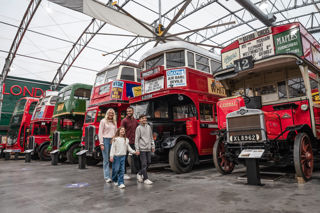Aircraft Factory
Explore the Brooklands Aircraft Factory, an immersive environment, harking back to the Hangar’s original use as a manufacturing building.
Clock-in and put your overalls on as you start your apprenticeship in the history of aircraft manufacture - from the pioneering early aircraft of wood and fabric, to the supersonic airliner and the technologies of the future.
The Factory Floor is designed to evoke an authentic factory atmosphere and is packed full of hands-on activities, enabling visitors to try out aircraft-building skills for themselves, drawing on the Brooklands spirit of experimentation.
The centrepiece of the exhibition is the Loch Ness Wellington Bomber, with additional areas focussing on the factory floor in early and later years and life for the factory employees away from work. Visit the Tinsmith shop to have a go at making your own metal aircraft or head upstairs to the interactive stations to become an aircraft designer.
Further exhibitions

